 More than 9 million people have symptomatic, x-ray confirmed arthritic changes to the knee, and 35% of people over 50 have an MRI confirmed tear of the meniscus. Two-thirds are without symptoms.
More than 9 million people have symptomatic, x-ray confirmed arthritic changes to the knee, and 35% of people over 50 have an MRI confirmed tear of the meniscus. Two-thirds are without symptoms.
Approximately 700,000 arthroscopic knee surgeries are performed each year in the US. Is it always necessary? A study published in the New England Journal of Medicine suggests that might be the case for arthroscopic surgery to repair a torn meniscus, particularly if the tear is a result of wear and aging, as opposed to a traumatic event.
New York Times reported (“Common Knee Surgery Does Very Little for Some, Study Suggests” – December 25, 2013), a Finnish study of 146 patients between the ages of 35 and 65 found that those who had arthroscopic surgery had no better level of satisfaction 1 year later than had others in the study who had undergone a mock surgical procedure.
“Those who do research have been gradually showing that this popular operation is not of very much value,” Dr David Felson told the Times.
Knee pain can be caused by disease or injury. Knee pain can restrict movement, affect muscle control in the sore leg, and reduce the strength and endurance of the muscles that support the knee. The most common disease affecting the knee is osteoarthritis, which is caused by the cartilage in the knee gradually wearing away, resulting in pain and swelling. Knee injuries can occur as the result of a direct blow or sudden movement that strains the knee beyond its normal range of motion, as can happen in sports, recreational activities, a fall, or a motor vehicle accident. Knee pain caused by an injury often is associated with tears in the knee cartilage or ligaments. Knee pain also can be the result of repeated stress, as often occurs with the kneecap, also known as patellofemoral pain syndrome. Very rarely, with extreme trauma, a bone may break at the knee. Depending on the stage of the OA, or the status of other injuries or conditions, knee pain can often be managed with physical therapy. More severe or advanced cases may require surgery. Refer to this article published by the Harvard School of Medicine for further details.

